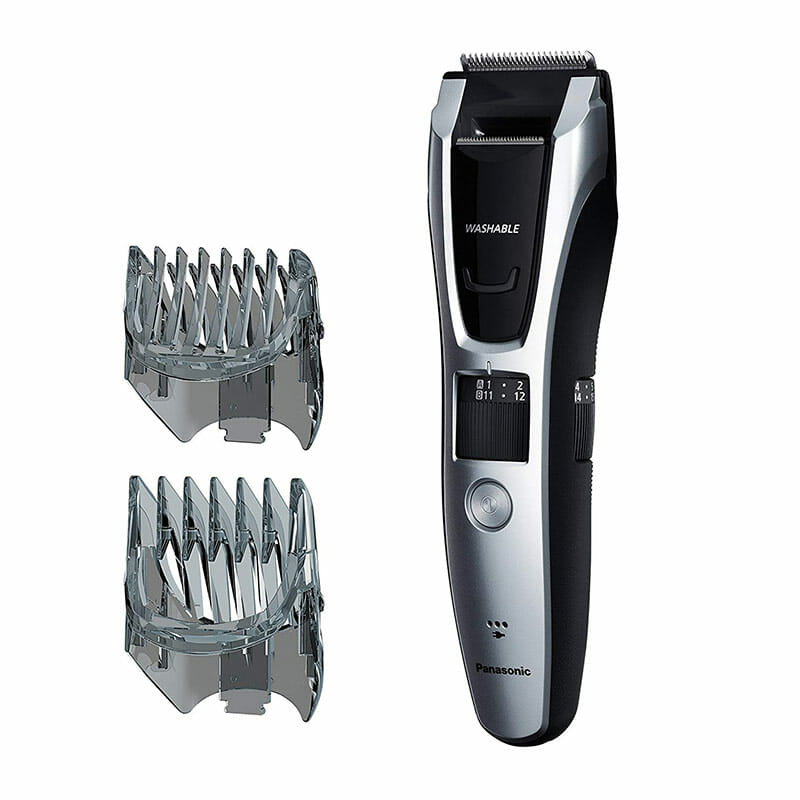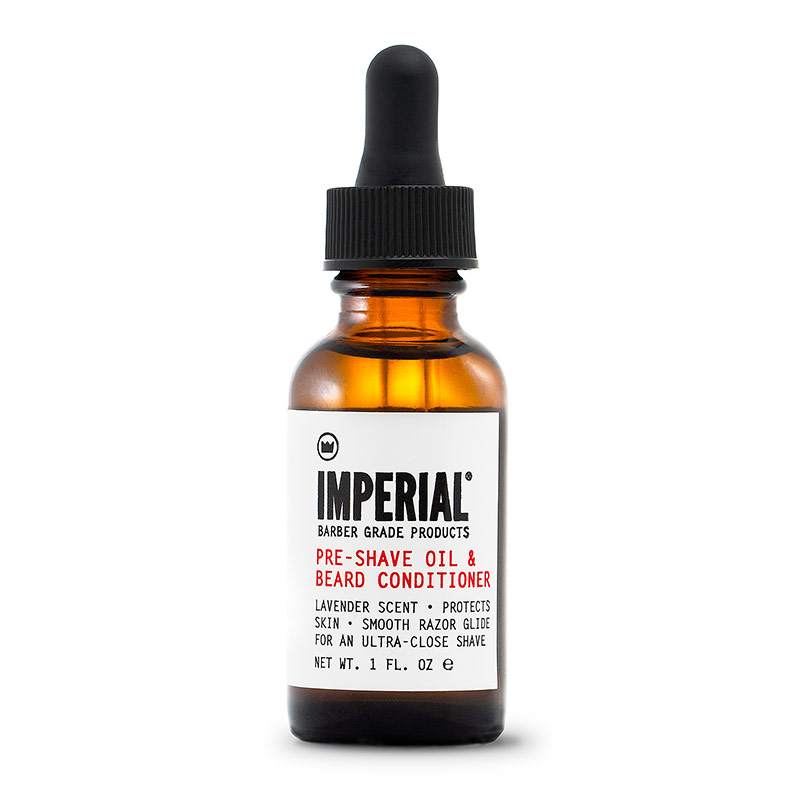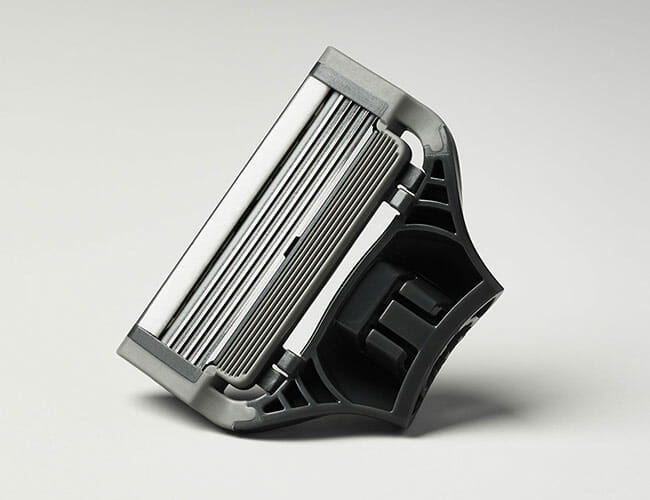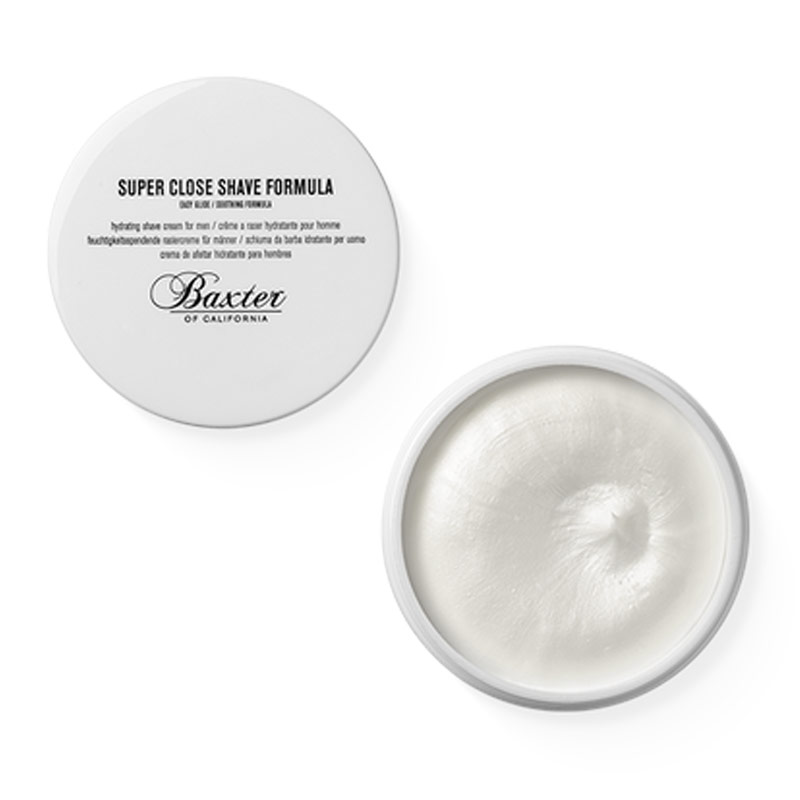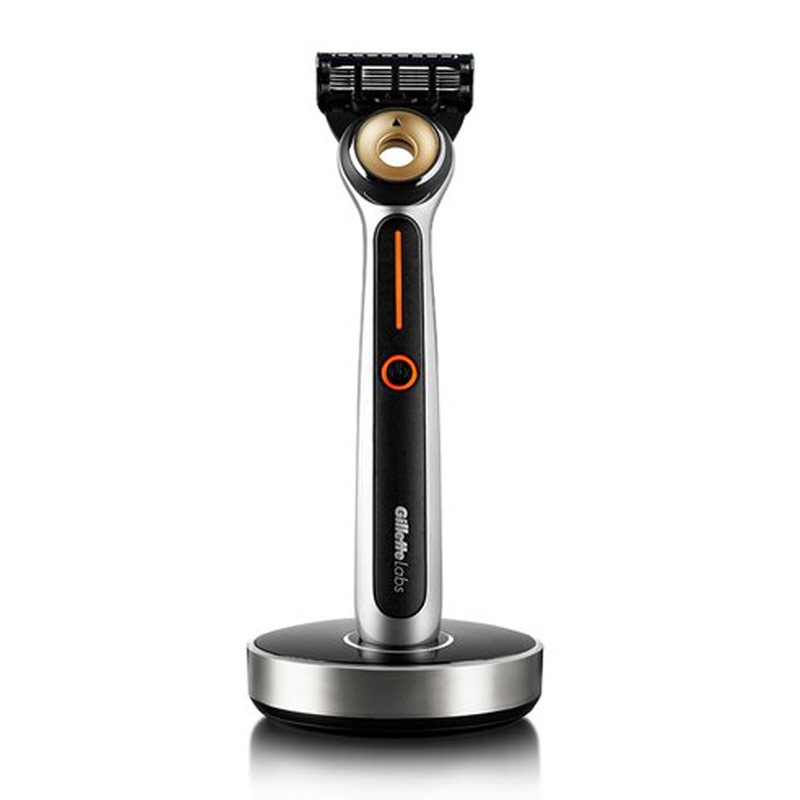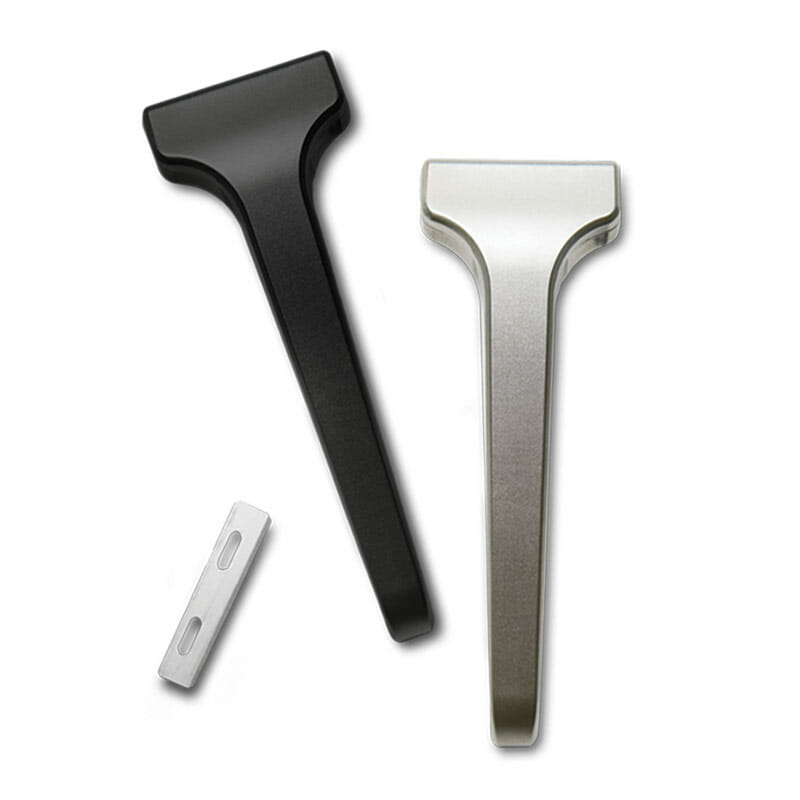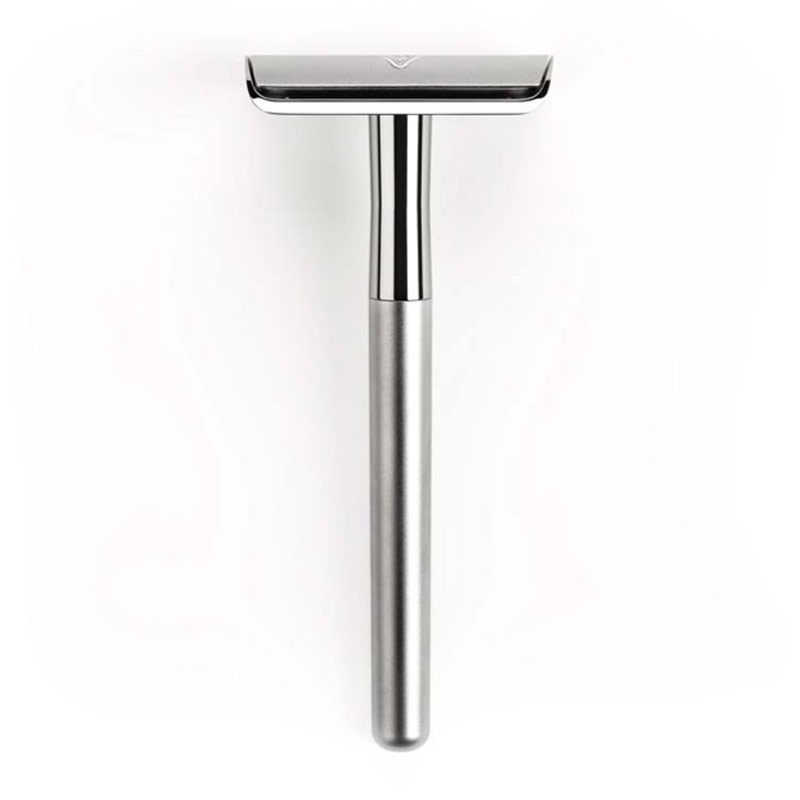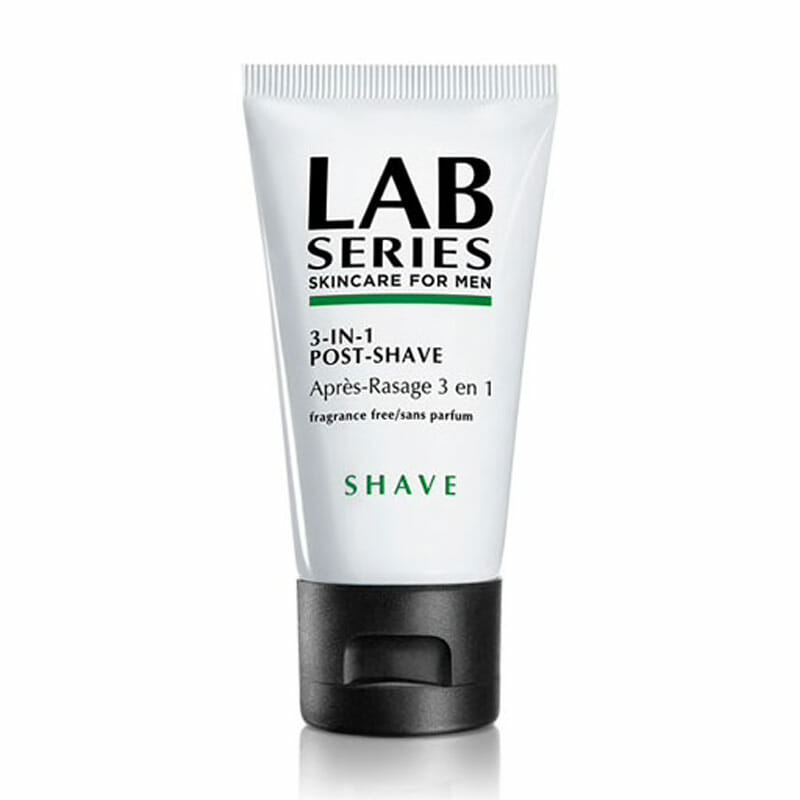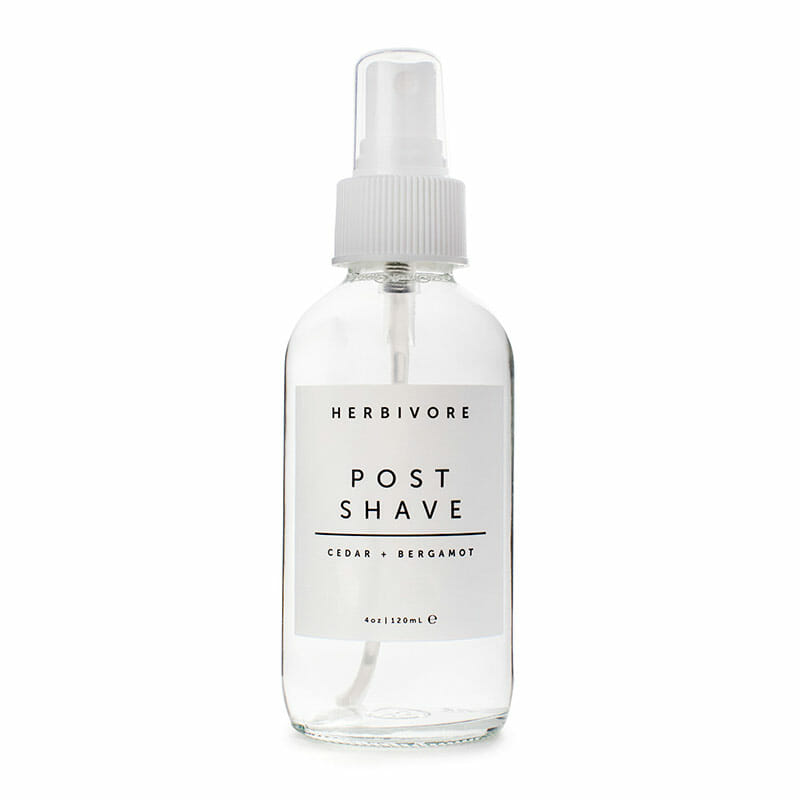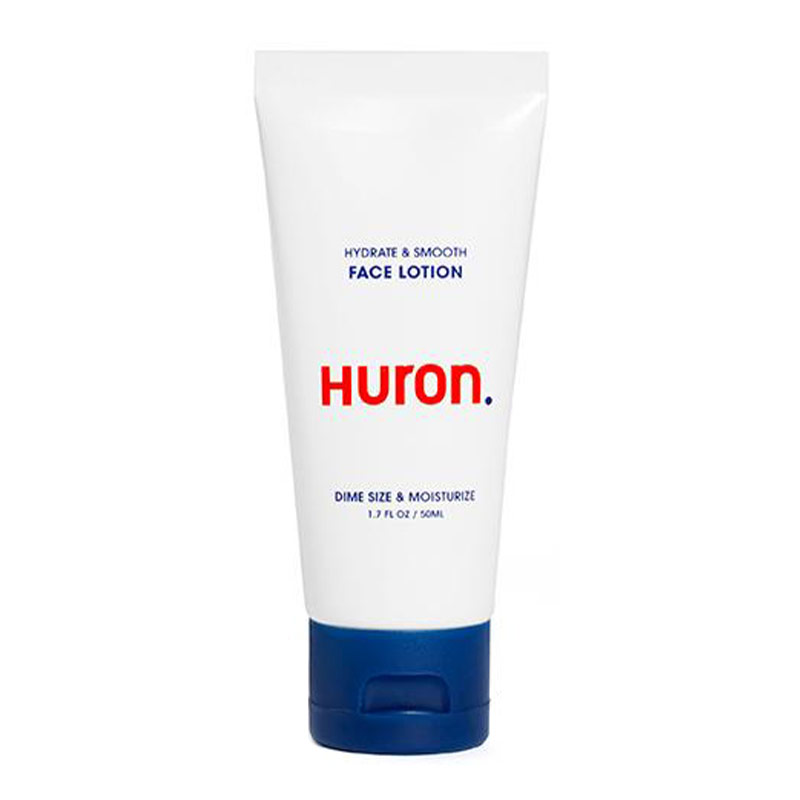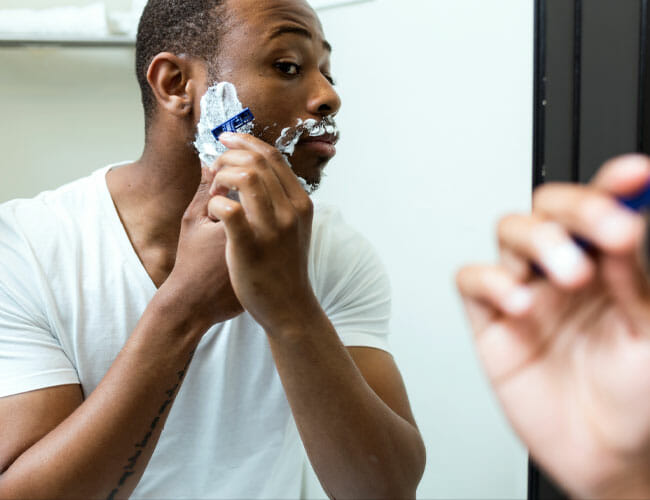Make no haste when it comes to shaving. This is your face after all, and the entire world is watching — thus, you’ve got to prevent things like irritation, ingrown hairs and infection. It’s easy to do if you put the right amount of time and care into your shave regimen. Best of all, a slowed-down shave is both soothing and restorative, so you’ve got no reason to sprint through the steps.
To help us outline the perfect shave, we sought the wisdom of Taylor Brinckerhoff, barber at Baxter of California’s barbershop, Baxter Finley, in West Hollywood, CA. Here are his tips on getting the safest, closest, smoothest and healthiest shave, from start to finish.
Prepare Properly
If you want a close shave, free of irritation and ingrown hairs, then you need to dedicate some time to your pre-shave ritual. This will ready the skin and hair for the blade, ensuring the smoothest, soothing-est shave.
Brinckerhoff notes that, if your hair is too long—say, grown out for a week or more—then it’s wise to trim it down to a more shave-able length. This will minimize resistance and prevent hairs from getting clogged in the razor. So, grab a beard trimmer (we like Panasonic’s electric trimmer), and snip everything down to a 1 or 2. It’s good to keep a little length on the whiskers so that you can more easily track your shaving progress — but it’s not necessary, and you can certainly trim it down with a bare guard if you wish.
Next, you need to soften the skin and hair with warm water (while also cleansing it), then follow with a skin-nourishing agent. Brinckerhoff likens this pre-shave routine to a hot-towel treatment at the barbershop. This process opens up the pores, relaxes the skin, and makes the hairs much more receptive to the blade. So, after a warm shower, you should apply some kind of pre-shave product, like an oil or even an initial layer of hydrating, nourishing shaving cream itself. One pre-shave agent we love is Imperial’s Pre-Shave Oil and Beard Conditioner.
You can even mimic the hot-towel method at home if you don’t otherwise take a hot shower first: “Roll up a terry-cloth towel, run it under the faucet and thoroughly saturate it, put it in the microwave for 15 seconds or to your desired heat level,” says Brinckerhoff. “After you remove the hot towel and the first [pre-shave application], a second coat should be applied.”
ER-GB70-S Beard Trimmer by Panasonic $78
Pre-Shave Oil by Imperial $16
Practice Good Razor Hygiene
Before reaching for your razor, you need to ask yourself whether or not you correctly stored it after the previous shave. If not, you can check our guide to good razor hygiene, which outline how frequently you should replace your razors, how to properly air-dry the razor, as well as how to store it between shaves. Then, put that intel to good use when you’re finished shaving this time around.
Poor hygiene is one of the main causes of shaving irritations, infections and razor burn. And it’s not your hygiene we’re talking about (though we hope you’re washing your face, at least); instead, it’s the cleanliness with which you store, sanitize, and replenish your razor blades. Read the Story
Shave Like the Pros
You can apply your shaving agent over top the pre-shave oil, which will now act like an extra shield overtop your precious skin. The kind of cream or gel or oil you use for your shave is entirely up to you, as none of them really outshines the other. But, for good posterity, we can recommend Baxter of California’s Super Close Shave Formula lather, which Brinckerhoff and his teammates use in their barbershop.
Brinckerhoff’s foremost tip on achieving a smooth, close shave is to shave with the grain of your hair. That is, shave it in the direction it bends and moves, as opposed to dragging against the natural fall. However, this is mostly just imperative on the first pass. “If a second pass is needed, you can go against the grain with a bit more ease, although I don’t like to go against the grain with clients almost ever,” he says. In general, this tip will spare you from ingrown hairs getting trapped beneath the skin. (You can be doubly certain of this if the blade is fresh, sharp, and clean, too, hence the tip about proper hygiene.)
As for the kind of razor you use for the shave, this is also up to you. Most guys will use a cartridge razor — GilletteLabs’ heated razor is a top-shelf, fancy, and self-warming favorite of ours—but Brinckerhoff encourages his clients to use a safety razor at home, citing that the weight of the handle gives you better precision with the shave, and for the fact that are so durable and will practically last forever. (The razor blades should be replaced every 1 to 2 shaves, though, especially since they’re so inexpensive.) (And, might we recommend Supply’s single-edge safety razors, as well as Bevel’s double-edged razor.)
Super Close Shave Formula by Baxter of California $22
Heated Razor by GilletteLabs $200
Single-Edge Razor by Supply $79
Safety Razor by Bevel $50
Soothe the Skin, Post Shave
Once you’re done shaving, it’s important to rinse the skin with cold water, in order to close the pores and prevent bacteria from taking up residence in your vulnerable pores. Follow this with a soothing and hydrating agent, like Lab Series post-shave gel, or splash on an alcohol-free astringent/witch-hazel tonic like Herbivore, then follow it with a defensive moisturizer, like Huron. Whichever route you choose, precede it with that cold-water splash, and the entire process should help your skin recover from the strain of the shave.
3-in-1 Post-Shave Gel by Lab Series $36
Post-Shave Elixir by Hervibore $22
Face Lotion by Huron $14
Every so often, after what seems like a routine stubble shave, your skin breaks out into a painful, red rash. You need to recover from this razor burn, and fast. For this intel, we sought the expertise of Jason Bauers, barber at Blind Barber in NYC. Read the Story

